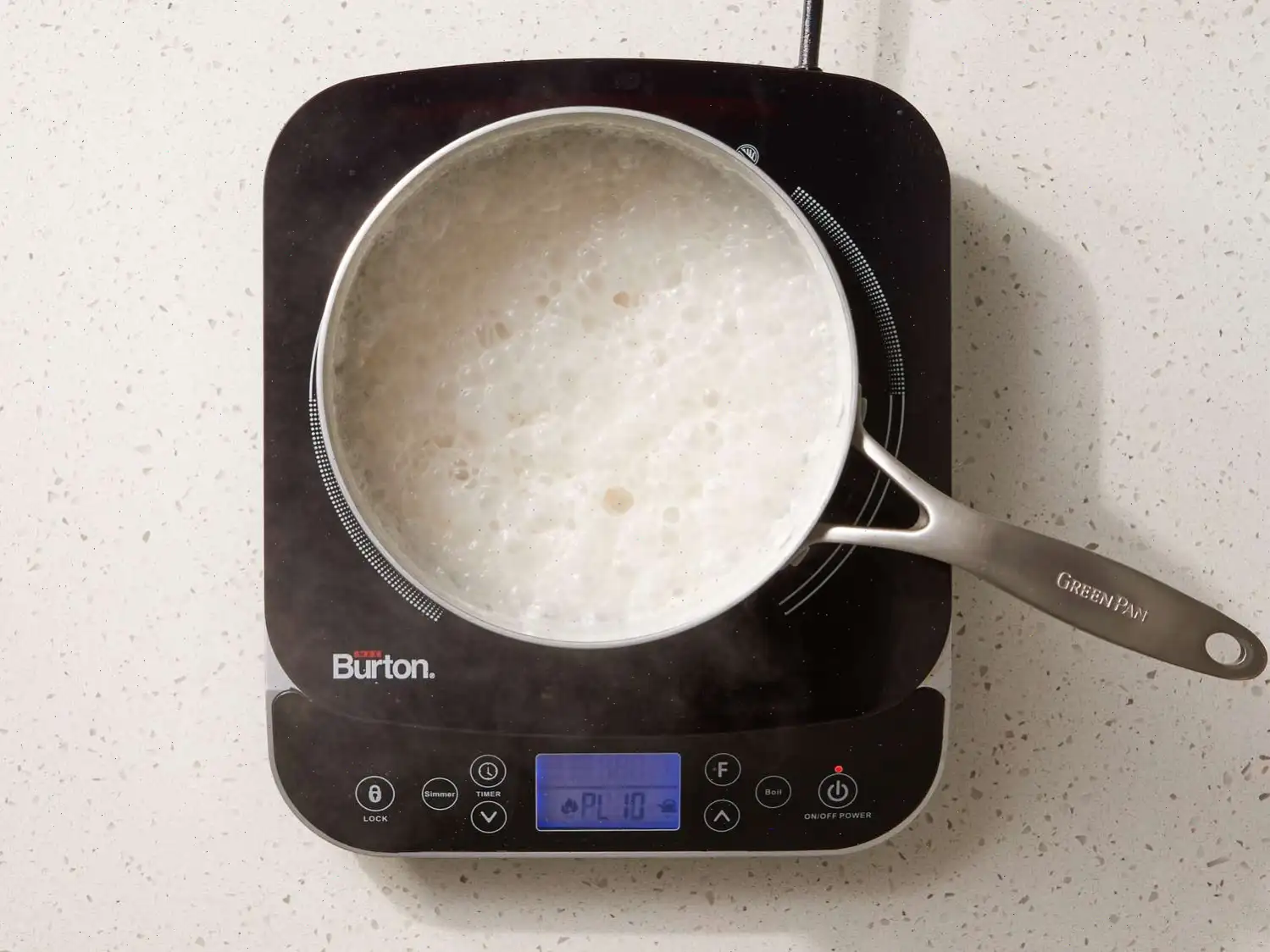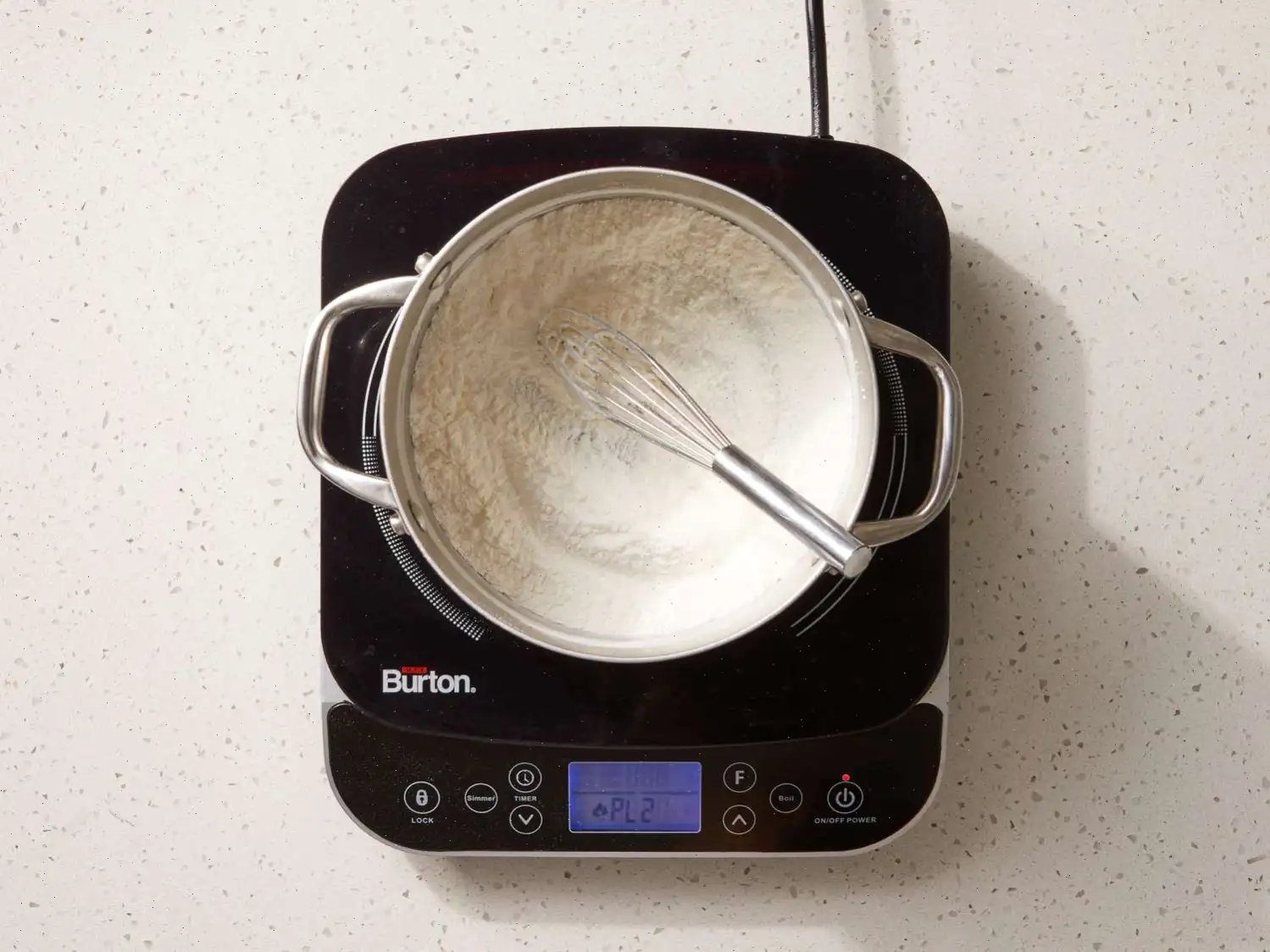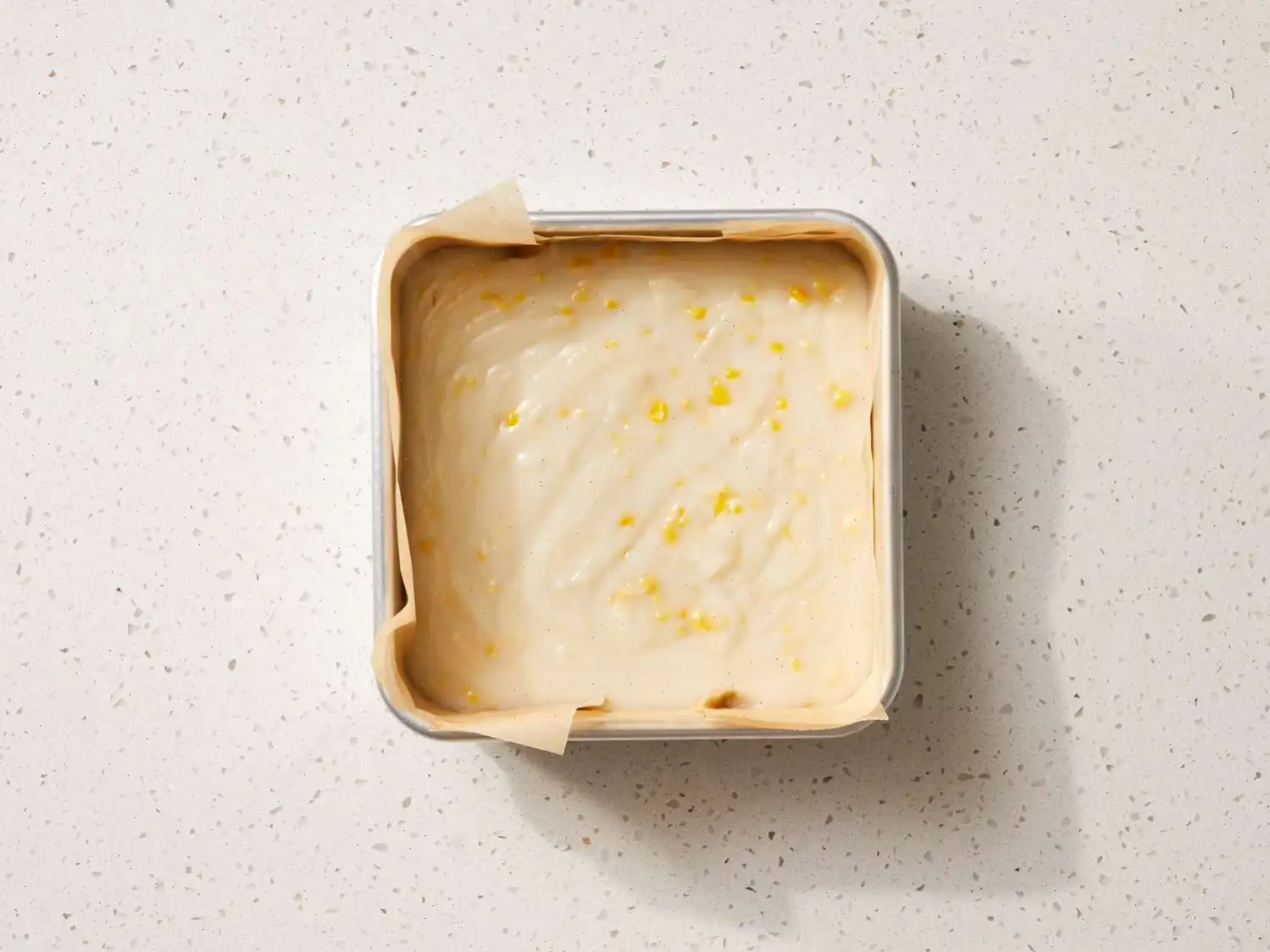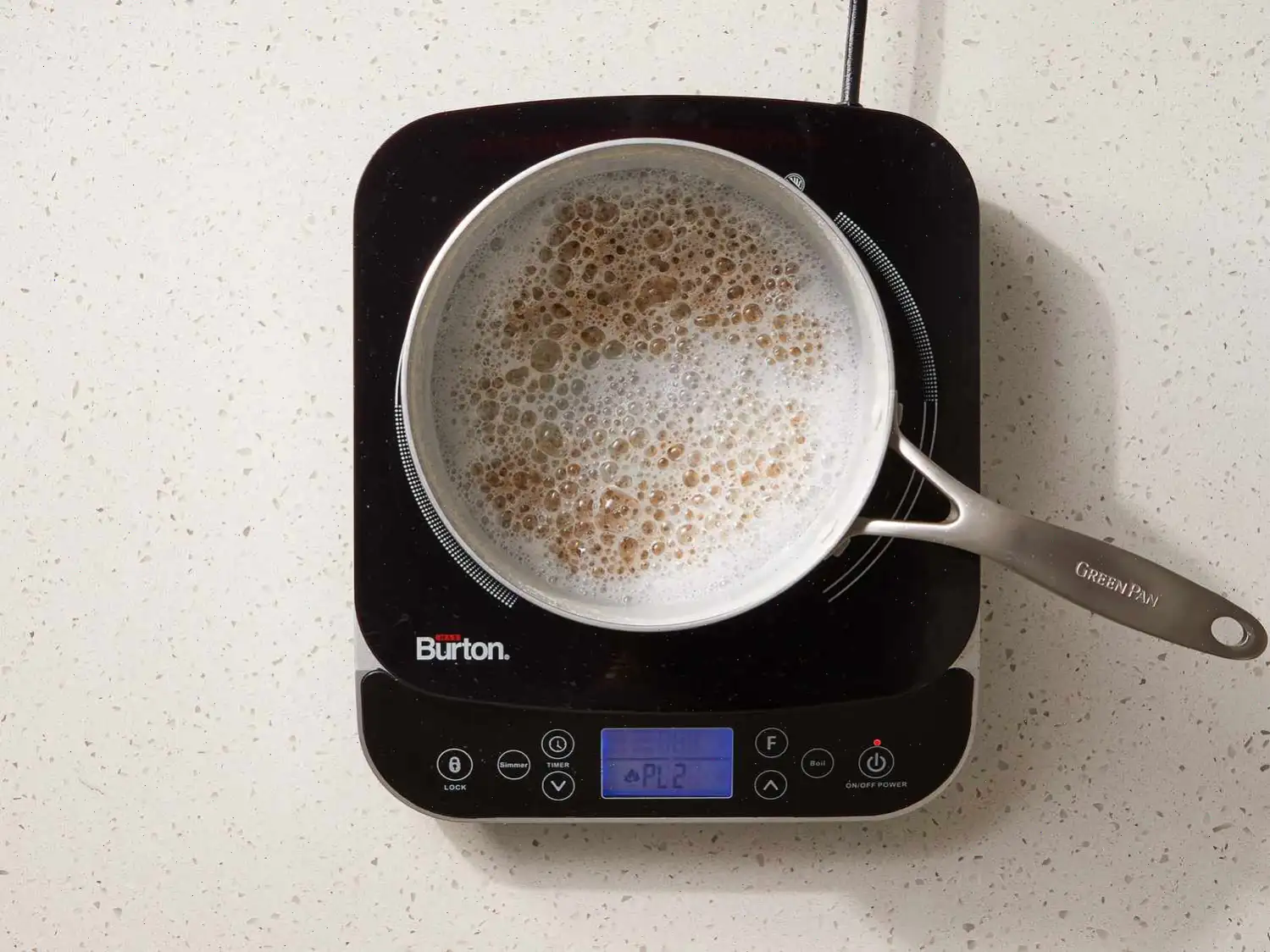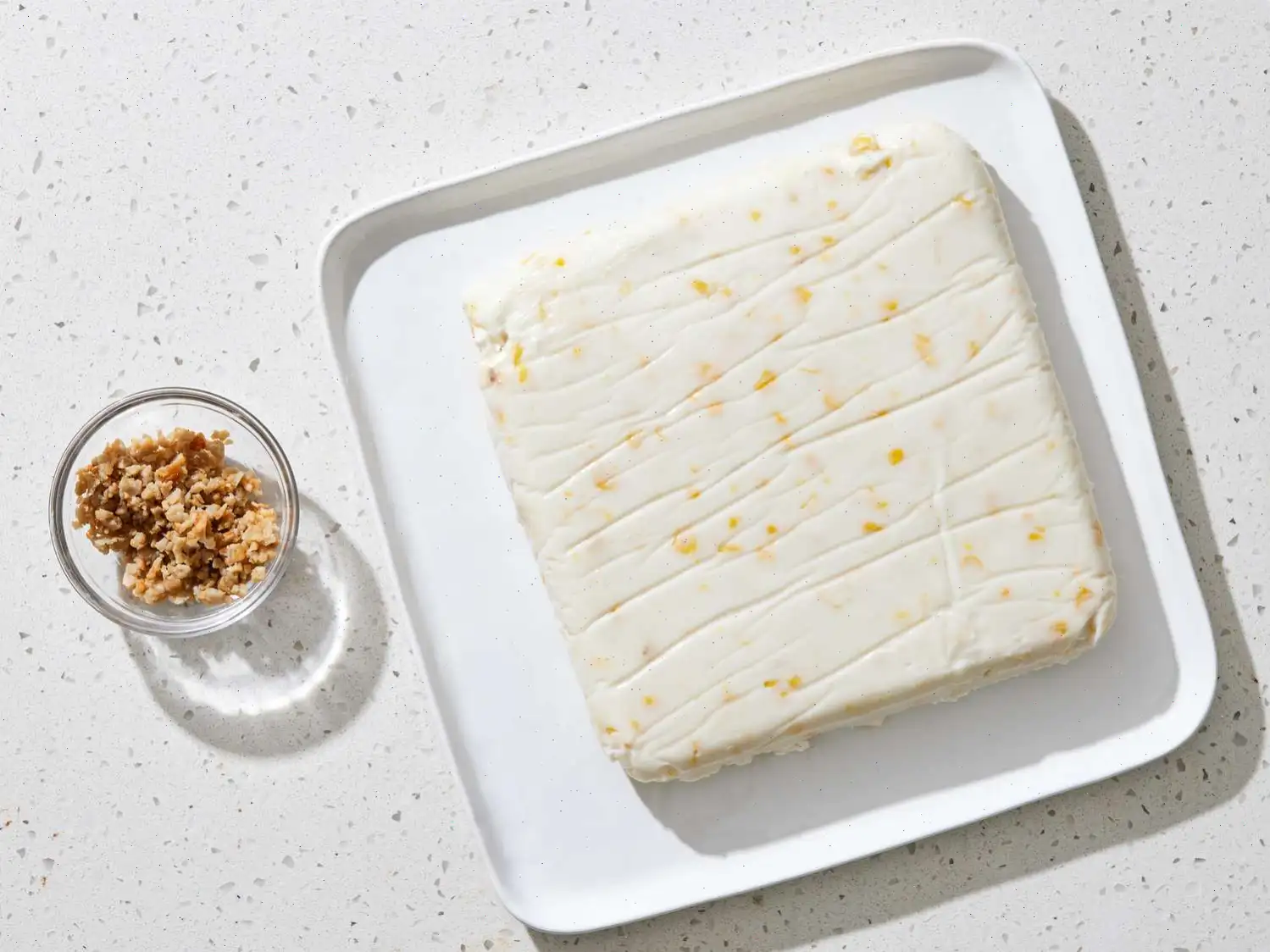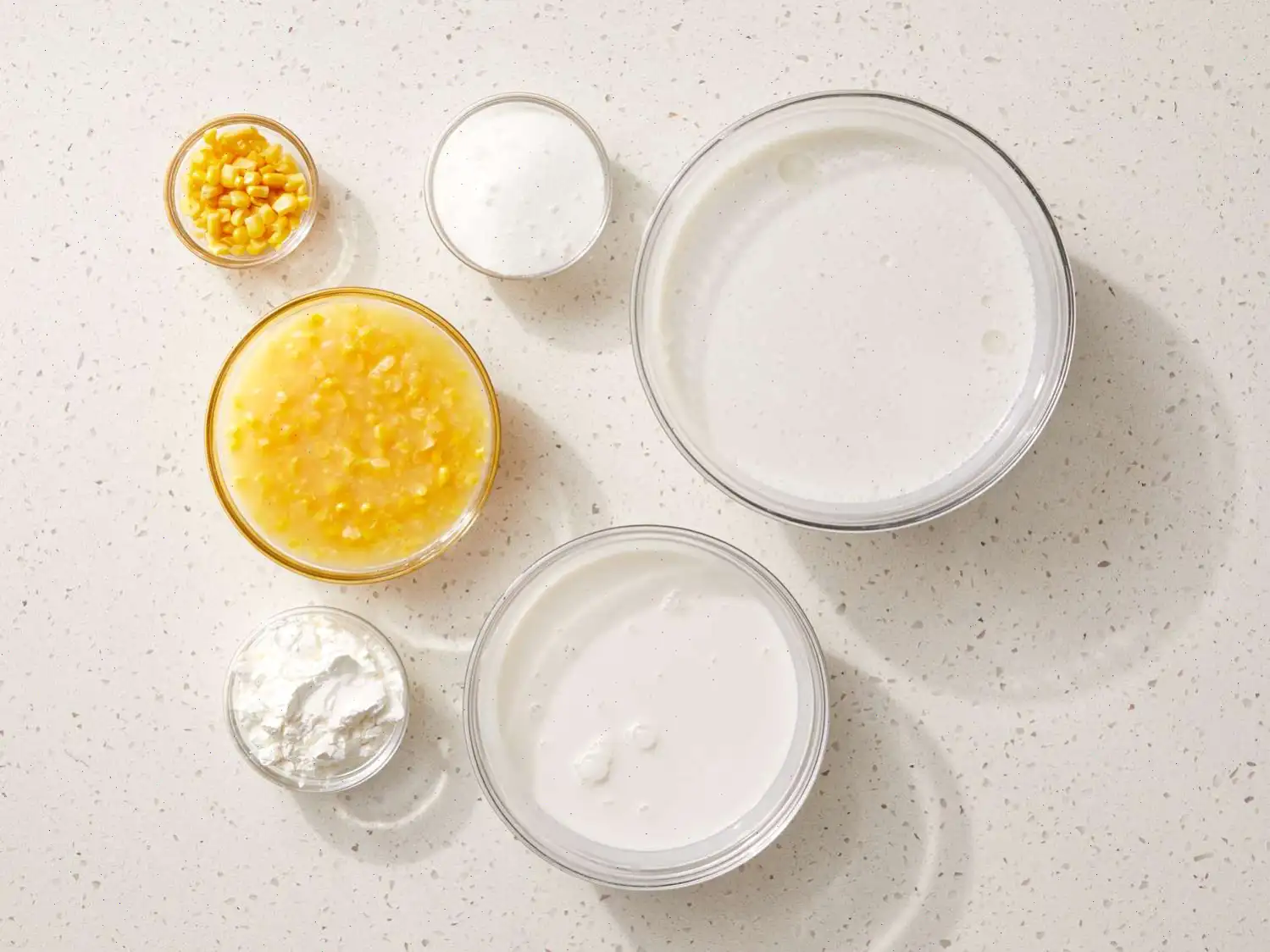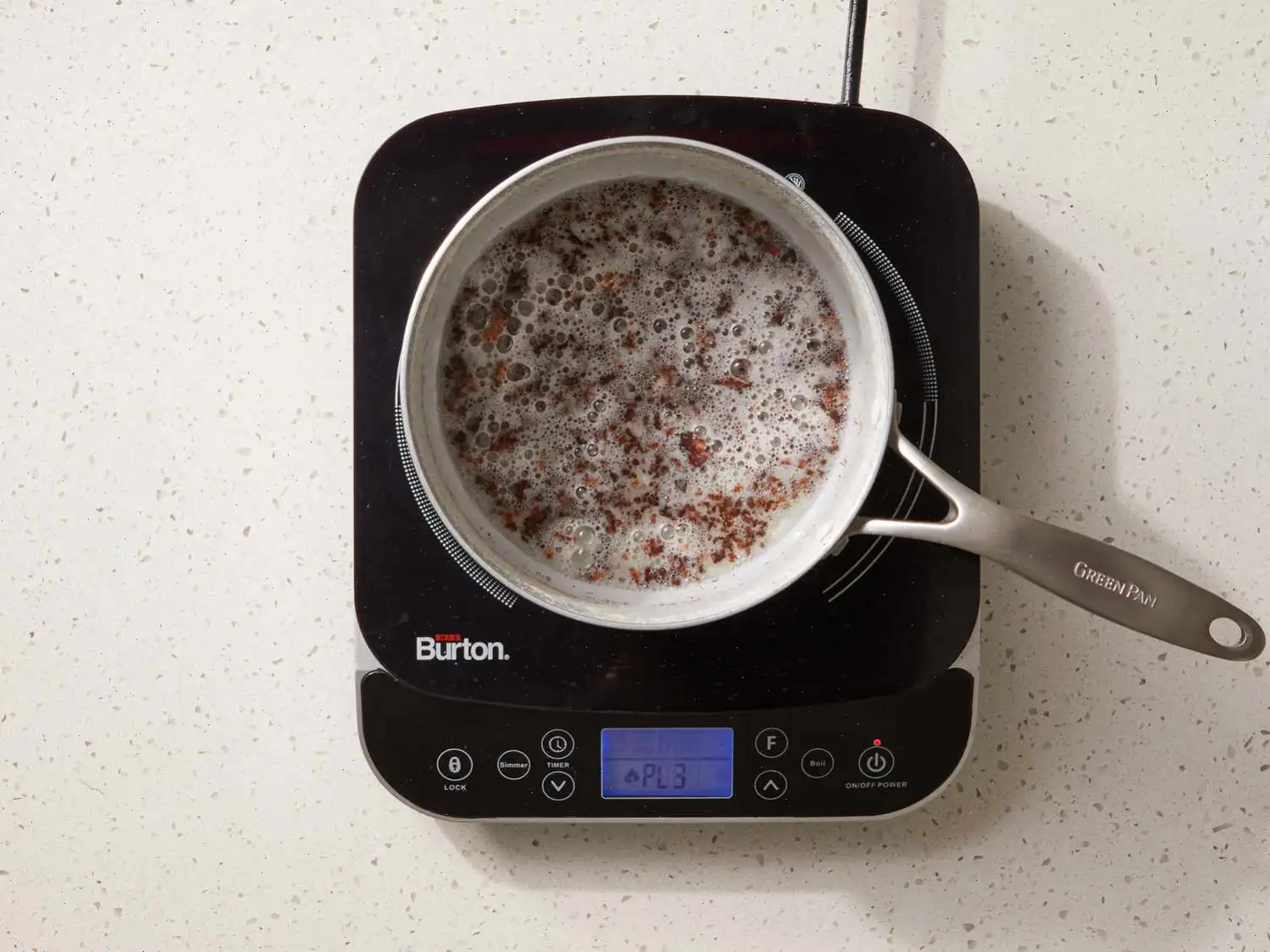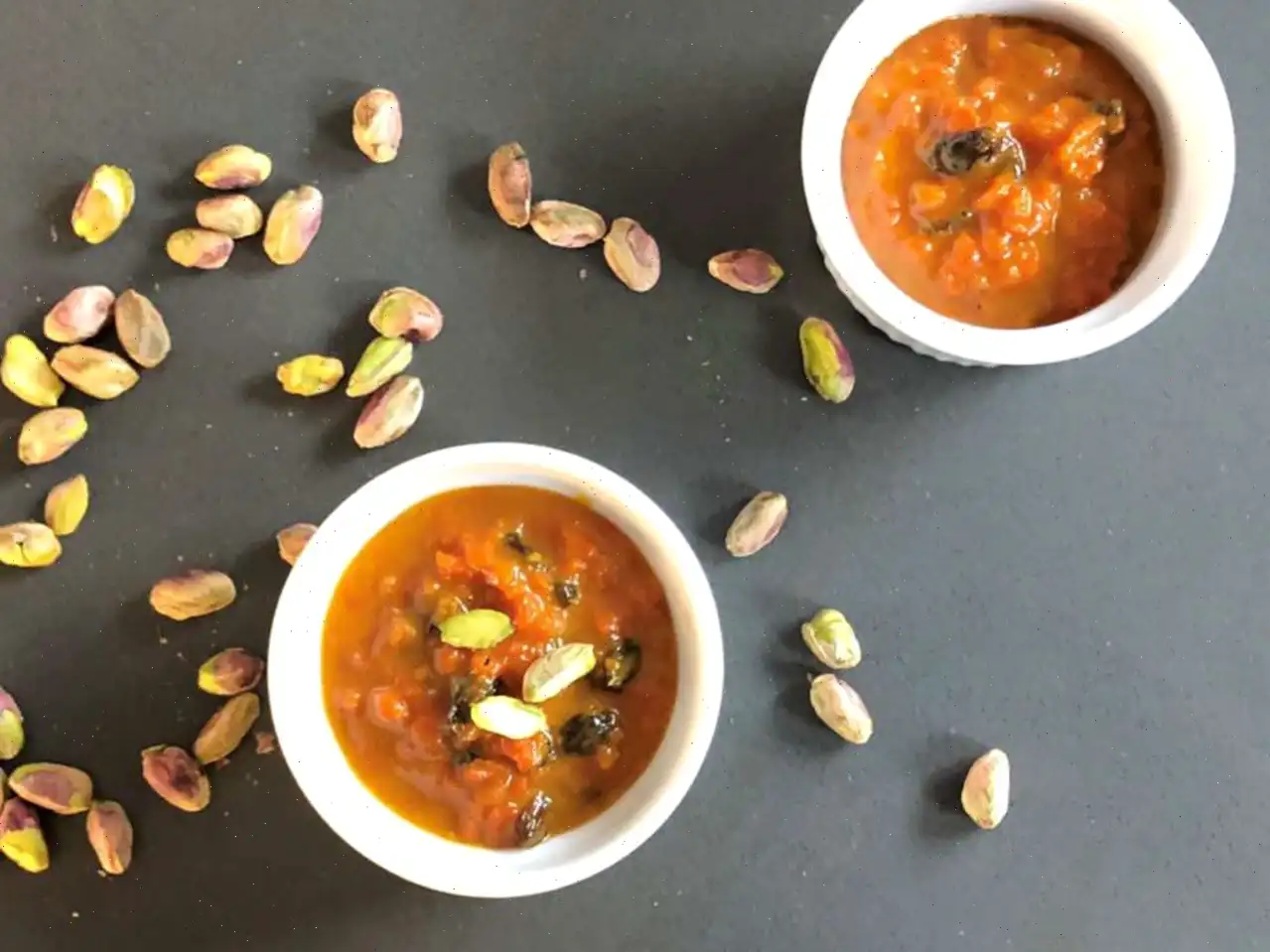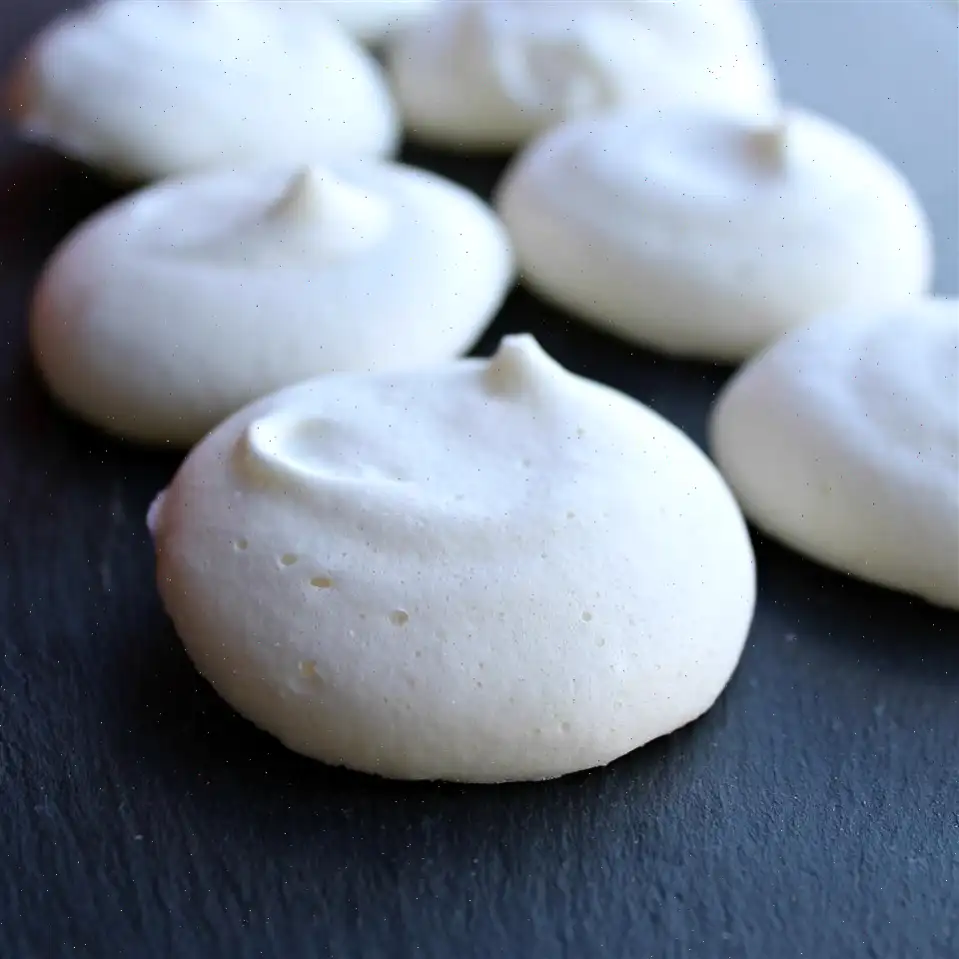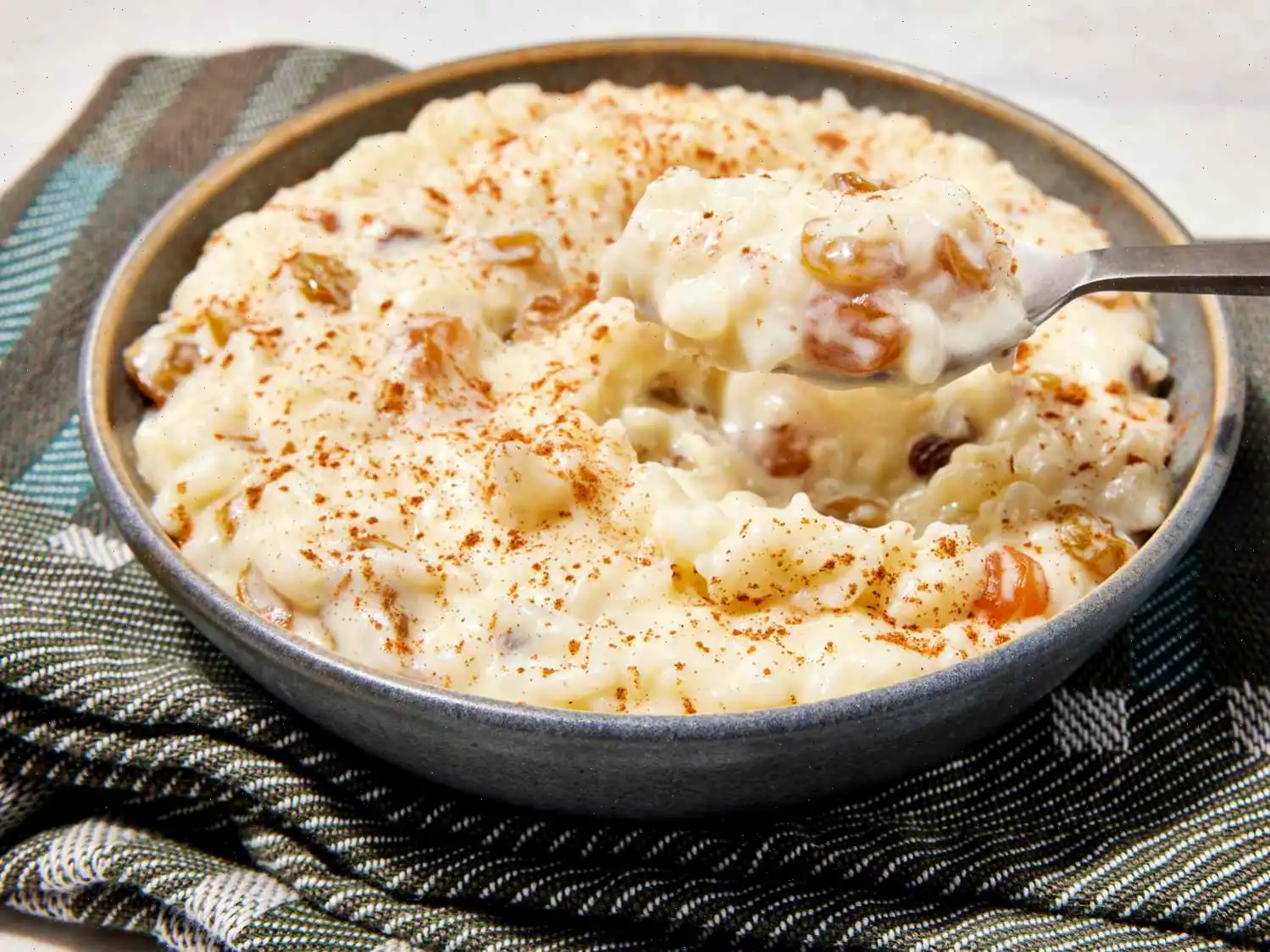
Maja Blanca Recipe
This maja blanca recipe tastes just like my Grandmas, says recipe tester Katlyn Moncada of this top-rated Allrecipes dessert.
What is Maja Blanca?
Maja blanca is a Filipino dessert with a smooth, gelatin-like consistency made from coconut milk and topped with latik, which are browned coconut cream curds.
What is in Maja Blanca?
To make this delicious maja blanca, youll need the following ingredients:
- For the Latik Topping: 1 can (14 oz) full-fat unsweetened coconut milk
- For the Pudding: 1/2 cup white sugar, 1/2 cup cornstarch, 2 cans (14 oz each) unsweetened coconut cream, 3/4 cup cream-style corn, 1/4 cup fresh or frozen corn kernels (optional)
Step-by-step Instructions:
Step 1: Gather all ingredients before starting to ensure everything is ready.
Step 2: To prepare the latik topping, bring the coconut milk to a boil in a large nonstick skillet over high heat. Stir occasionally until the oil begins to separate from the milk, about 5 minutes.
Step 3: Reduce the heat to medium and continue cooking, scraping the bottom of the skillet regularly with a heatproof spatula. After about 15 minutes, only golden brown residue and oil should remain. This is normal and the latik solids are ready.
Step 4: Strain the mixture to separate the coconut solids from the oil. Set the coconut solids (latik) aside to chill until ready to serve. Save the coconut oil for another use.
Step 5: Line an 8-inch square baking pan with parchment paper, ensuring the paper extends up two sides of the pan. Set the pan aside for later use.
Step 6: For the pudding, whisk together the white sugar and cornstarch in a medium saucepan. Stir in the unsweetened coconut cream, cream-style corn, and optional corn kernels.
Step 7: Bring the mixture to a boil over high heat, stirring constantly for about 5 minutes. Once it boils, reduce the heat to medium and continue stirring until the mixture thickens and becomes bubbly, about 2 minutes.
Step 8: Pour the thickened corn mixture into the prepared pan and spread it out evenly.
Step 9: Cover the pan and refrigerate the pudding until it has chilled, at least 2 hours or up to 24 hours before serving.
Step 10: Once chilled, carefully invert the pudding onto a serving plate. Remove and discard the parchment paper. Slice the pudding into 12 even pieces.
Step 11: Take the latik out of the refrigerator, and chop it finely if desired. Sprinkle the latik over each slice of pudding to serve.
Test Kitchen Tips:
- Lining the pan with parchment paper made it much easier to remove the pudding from the pan and gave it a neat, professional look, according to recipe tester Juliana Hale.
- While this dessert is typically served in squares, tester Kathryn Hendrix suggests dividing the pudding into 12 individual (4-ounce) servings for a different presentation.
How to Store Maja Blanca:
To store, cover and keep the pudding and latik topping in separate s in the refrigerator for up to 5 days.
Nutrition Information (per serving):
| Nutrition Facts | Amount per Serving |
|---|---|
| Calories | 289 |
| Total Fat | 24g |
| Saturated Fat | 21g |
| Cholesterol | 0mg |
| Sodium | 47mg |
| Total Carbohydrates | 21g |
| Dietary Fiber | 2g |
| Total Sugars | 9g |
| Protein | 3g |
| Vitamin C | 3mg |
| Calcium | 9mg |
| Iron | 2mg |
| Potassium | 244mg |
Note: Percent Daily Values are based on a 2,000 calorie diet. Individual calorie needs may vary. If you are following a medically restrictive diet, please consult with your doctor or dietitian before preparing this recipe.
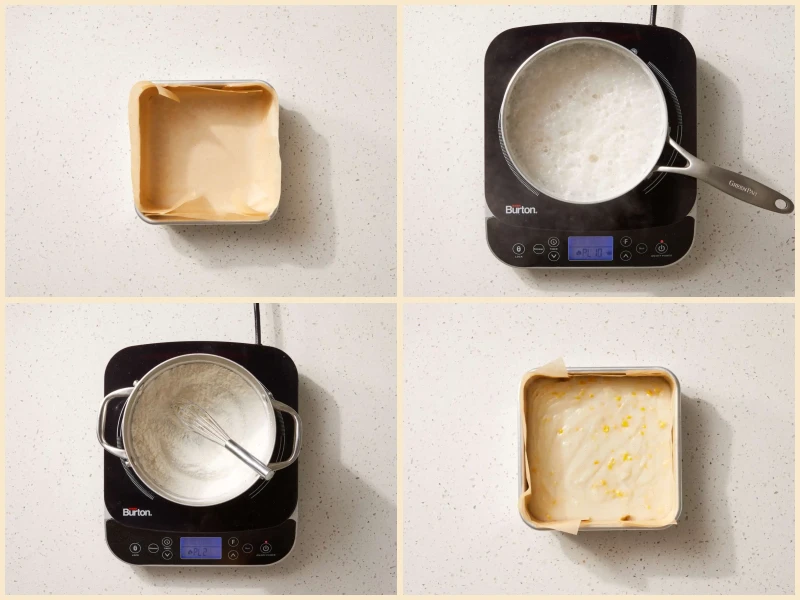

History and Origins
Maja Blanca is a traditional Filipino dessert with deep cultural roots, particularly popular during festivals and celebrations such as Christmas, weddings, and birthdays. The name "Maja Blanca" translates to "white delicacy" in Spanish, referencing its creamy, white texture. The dish originated in the Philippines, influenced by Spanish colonial rule, which brought various culinary techniques and ingredients, including corn, coconut, and milk, which are key elements in the dish. Over time, Maja Blanca has become a beloved Filipino comfort food and a staple at festive gatherings.
Regional Variations
Although Maja Blanca is widely enjoyed throughout the Philippines, different regions have added their own unique twists to the dish. In some provinces, like Batangas and Quezon, locals use freshly grated coconut and locally grown corn to enhance the flavor. Some variations may include adding roasted peanuts or other tropical fruits, giving the dish a unique regional flair. The addition of "latik" (toasted coconut curds) as a topping is common across the country, adding a rich, savory contrast to the sweet and creamy pudding.
Differences from Similar Dishes
Maja Blanca stands out from other Filipino desserts, such as "leche flan" and "suman," due to its gelatin-like consistency, which is achieved by using cornstarch as the thickening agent. Unlike leche flan, which is more custard-like and uses eggs as the main binding ingredient, Maja Blanca has a smoother texture and a distinct coconut flavor. The addition of sweet corn kernels and latik topping also sets it apart from similar Filipino puddings, offering a delightful combination of textures and flavors that make it uniquely Filipino.
Where Maja Blanca is Typically Served
Maja Blanca is typically served during special occasions, such as holidays, birthdays, and weddings, where it is often found as part of a grand buffet. It is usually sliced into squares or bars and served chilled. The dish is a popular feature in Filipino homes, restaurants, and at street food stalls, especially in the provinces where coconut and corn are locally grown. In addition to the Philippines, Maja Blanca has gained popularity among Filipino communities abroad, where it is often shared at gatherings and celebrations.
Interesting Facts
1. Maja Blanca is sometimes called "Filipino Coconut Pudding" due to its dominant coconut flavor. It is made using both coconut milk and coconut cream, giving it a rich, creamy texture.
2. The process of making "latik" involves simmering coconut cream until it separates into curds and oil. The curds, once toasted to a golden brown, are then used as a topping for Maja Blanca, adding a nutty flavor and crunchy texture.
3. In addition to being a festive treat, Maja Blanca is also a comfort food for many Filipinos. It is often prepared by grandmothers and mothers for family gatherings, symbolizing warmth, hospitality, and the spirit of togetherness.
4. There is a growing trend of modern variations of Maja Blanca that incorporate other tropical fruits like mango, pineapple, and even pandan, which add new dimensions to its classic flavor profile.
Conclusion
Whether enjoyed as a dessert at a festive celebration or as a sweet treat with family, Maja Blanca is a beloved dish that embodies the rich flavors and traditions of Filipino cuisine. Its creamy texture, combined with the sweet corn and coconut flavors, makes it a unique and unforgettable dessert that continues to be enjoyed by generations of Filipinos worldwide.
You can listen to this recipe in AI audio format. Simply click the play button below to listen to the content in a format that suits you best. It’s a great way to absorb information on the go!



